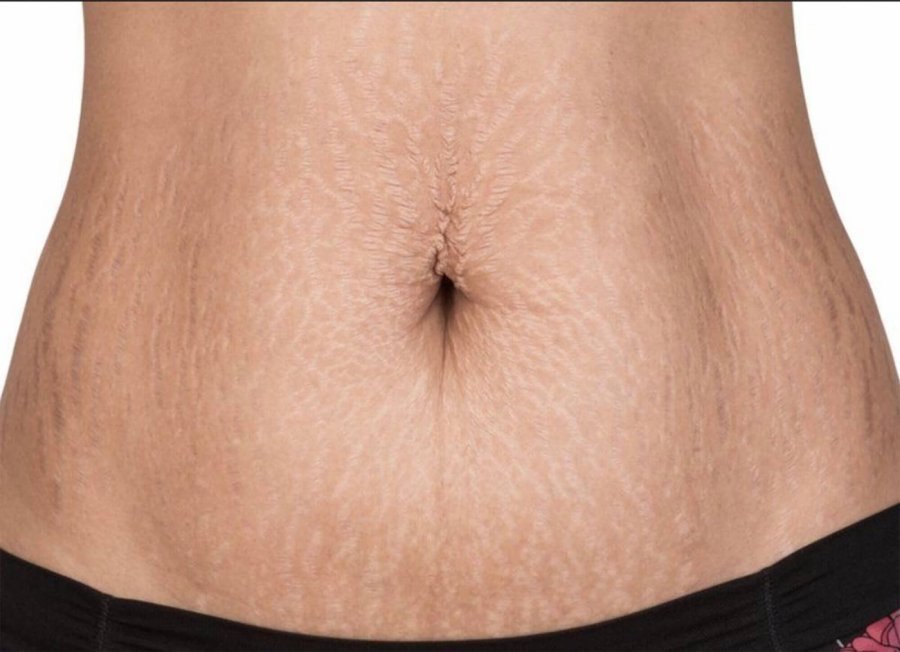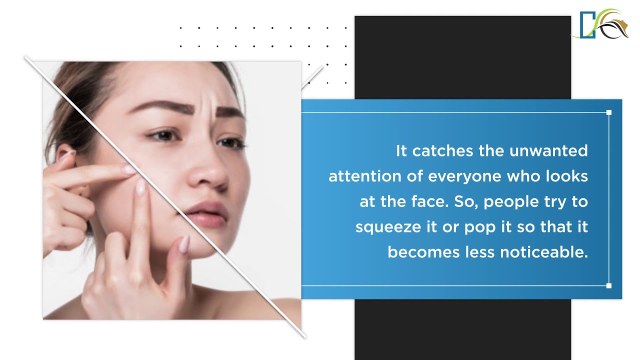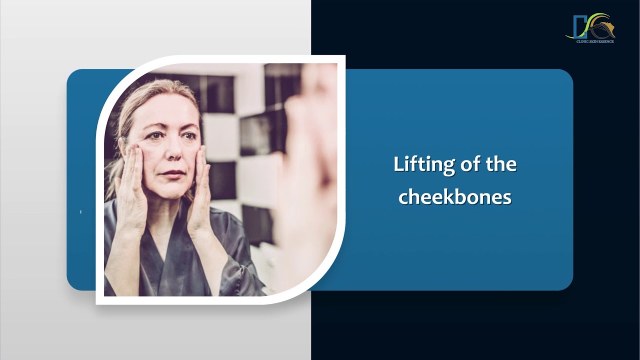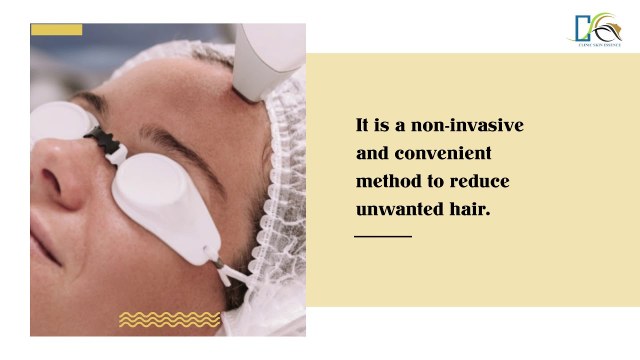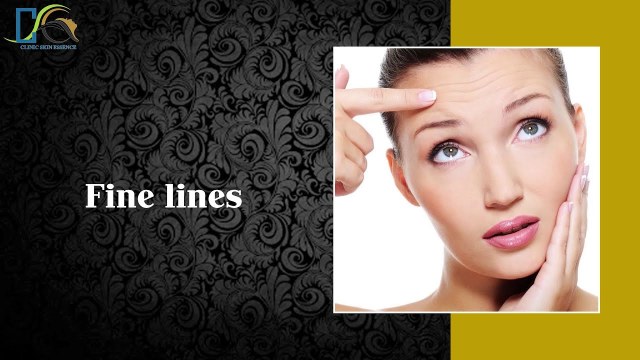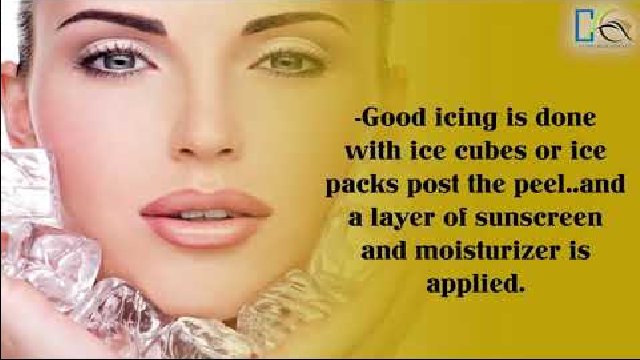Diagnosis of stretch marks
Stretch marks can be diagnosed only after the physical skin test, genetics, and medical history of the patient. If the cortisol production level is high, the patient may be suggested for other additional tests.
Types of stretch marks
- Striae rubrae: Red or pink stretch marks that form in the acute stage of stretch marks.
- Striae gravidarum: These marks form as a result of pregnancy.
- Striae albae: White stretch marks, and this is the most chronic stage of stretch marks.
- Striae nigrae: Appear as liner tears, dark grey, or black marks appear on darker colored skin.
- Striae caerulea: Dark blue or purple stretch marks on darker color skin.
- Striae atrophicans: After a surgery or long-time use of corticosteroids, the stretch marks that may occur and get associated with thin skin are called striae atrophicans. This type of stretch marks is mainly found in patients with Cushing’s syndrome.
Individuals who are more prone to stretch marks
-
Pregnant women: Stretch marks resulted from pregnancy have a frequency between 45 to 88%. So, the occurrence of stretch marks is more in women than men.
-
Adolescents: About 5 to 85% of teenagers develop stretch marks as a result of growth spurts. There are 35 to 40% of boys and 70% of girls who are affected by this. Growth spurts mainly occur during 16 years of age among boys and girls.
-
People suffering from obesity: There are 43% of people suffering from obesity are suffering from stretch marks problems.
-
Females, individuals with a medical history of stretch marks, and those who rapidly gain weight and lose weight are at more risk of developing stretch marks.
Factors that cause stretch marks
- Hormonal changes that occur during pregnancy, puberty, bodybuilding
- Muscular increase through bodybuilding
- Nutritional deficiency or malnutrition
- Hormonal replacement therapy
- Surgeries like: Breast augmentation, organ transplantation, and cardiac surgery
- Rapid weight changes or obesity
- Family history of decreased level of fibrinogen and collagen genes
- Growth spurts in teenagers
- Medical conditions such as Marfan syndrome, Cushing’s syndrome, anorexia nervosa, and Ehlers-Danlos syndrome (defects in connective tissue)
Use of medication: corticosteroids, chemotherapy drugs and neuroleptic treatment
Treatments for stretch marks
Nobody likes stretch marks on their skin. However, stretch marks are mainly a cosmetic problem; it does not cause any health risk and does not impair any functions of the body. Creams suggested during pregnancy are not such evidenced to prevent stretch marks. But, there are some options available for the treatment of stretch marks such as laser treatment:
-
Laser treatment for stretch marks removal
Laser therapies are used to stimulate elastin or collagen growth in the skin. Stretch marks cannot be entirely removed by laser therapy, and this treatment makes the stretch marks appear light. The laser shows response only to dark stretch marks, and it shows effects when stretch marks are brown or dark red. Visible results might be seen after a series of laser treatments. A dermatologist uses lasers of different wavelengths and types, according to the color of stretch marks. One type of laser treatment reduces the dark stretch marks, and another type stimulates collagen production and restores the elasticity of the skin in depressed stretch marks.
1.1 Fractional CO2 Laser: The advanced technology of fractional CO2 laser penetrates through the deeper skin layers. The lasers help to make the skin look good and healthy, as the tiny shafts are repaired, the old skin is removed and the new skin replaces it. The laser also triggers the production of elastin and collagen in the skin dermis layer and promote skin resurfacing on the top layer along with healing. Best for deep stretch marks (old, white stretch marks). The numbing cream is applied before the treatment to minimize discomfort.
1.2 Non ablative Erbium Glass Laser: It is the latest method suitable for light and dark skin type and shows good results in improving the appearance of stretch marks, and the epidermis remains intact during the procedure and no crust formation takes place. The laser penetrates through the dermis layer and produces microthermal zones in a controlled manner, that is distributed in a dotted pattern. It also increases the production of collagen and elastin fibers. The skin area that is untouched (surrounding the dots) provides nutritional and structural support to promote early recovery. The new connective tissue formation makes the stretch marks narrow and hence, less visible.
Benefits of laser treatment for stretch marks
- Laser treatment is non-invasive, and no recovery time is required.
- It improves confidence by reducing stretch marks appearance.
- We use FDA approved lasers for stretch marks treatment.
- Sessions of laser treatments are very comfortable.
- Laser treatment shows minimal side effects.
2. Australian Dermapen: It is a leading microneedling treatment and an innovative rejuvenating therapy for treating stretch marks. Dermapen creates micro-injuries that help to repair the old, damaged skin tissues. Through the controlled injury there will be more collagen production resulting in the formation of new, firmer smoother and scar free skin. This method can be used for a correct acne scars, abdominal scars, open pores, burn contracture scars, wrinkles, fine lines, sagging skin, and so on.
Retinoid cream, light therapies, collagen induction therapy, chemical peels, radiofrequency, growth factor therapy, and microdermabrasion are some of the most promising procedures for stretch marks removal. These procedures help to get rid of stretch marks and provide a smooth skin texture.
Frequently Asked Questions
Sometimes, stretch marks do cause itching. Stretch marks are caused when there’s rapid weight gain leading to dermal tearing. So, when the skin tries to heal itself itching can be a normal consequence and it can be quite unpleasing.
During pregnancy, the small, raised, itchy area around the stretch marks, is called polymorphic eruption of pregnancy. This condition does not harm the baby, but the itching can cause discomfort and rashes. Expert advice can help to correct this skin concern.
Rapid weight gain or loss can lead to the development of stretch marks, in men, women, children, and teenagers. It was first said that stretch marks are more common in women (because pregnancy), but it can affect anyone. In darker skin toned people, the stretch marks are more prominent. In lighter skin toned people the lines first appear as red color or purple color, and eventually, they fade away and look like silver lines.
- Cushing’s syndrome (excess cortisol is released and makes the skin fragile)
- Marfan syndrome (affects the body’s connective tissue and makes the skin fragile)
- Ehlers-Danlos syndrome
- Adrenal gland disorders
Several changes occur in the body during puberty. The body faces many challenges and rapid weight gain and growth make stretch marks appear on the body as the normal production of collagen is disrupted.
